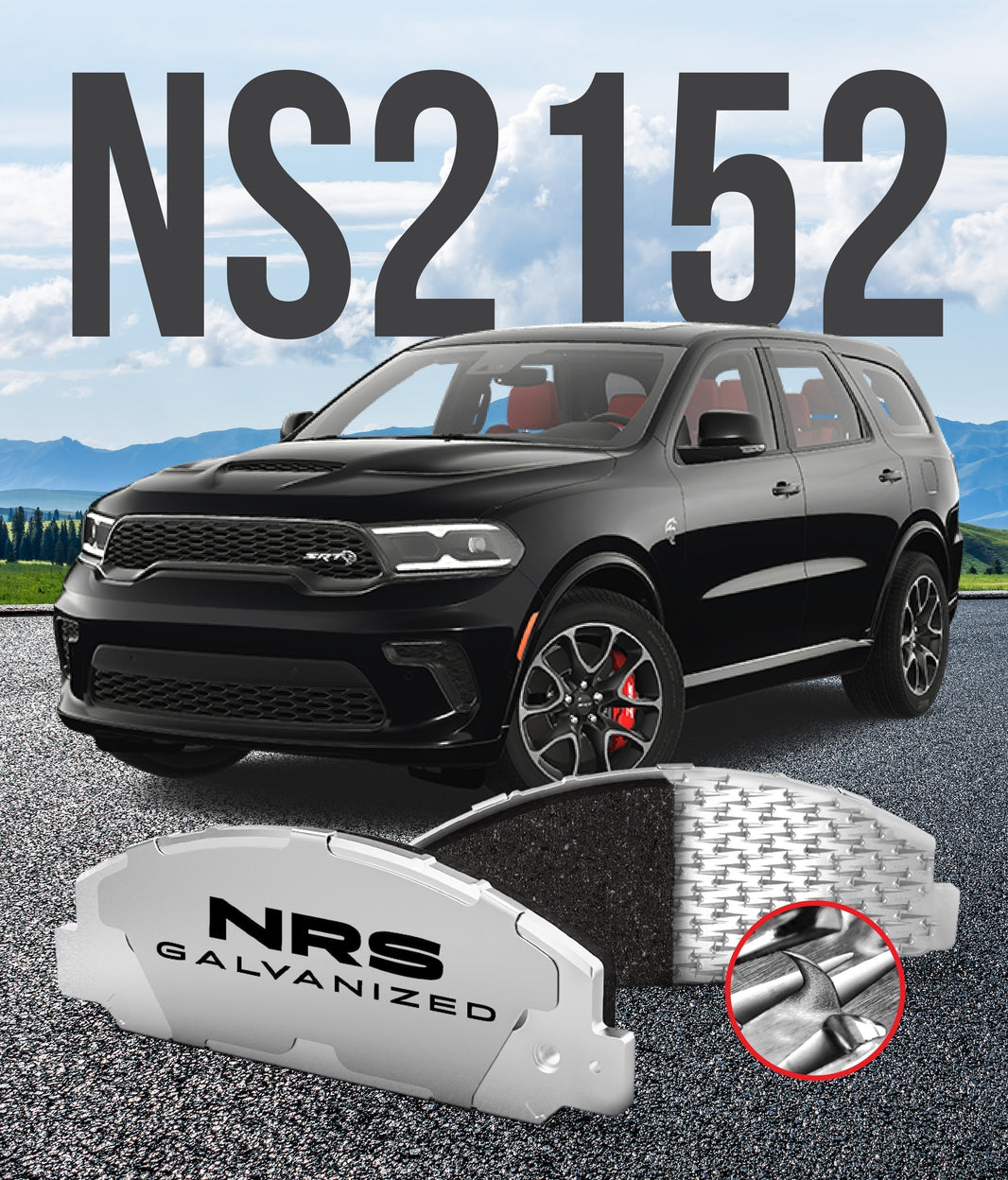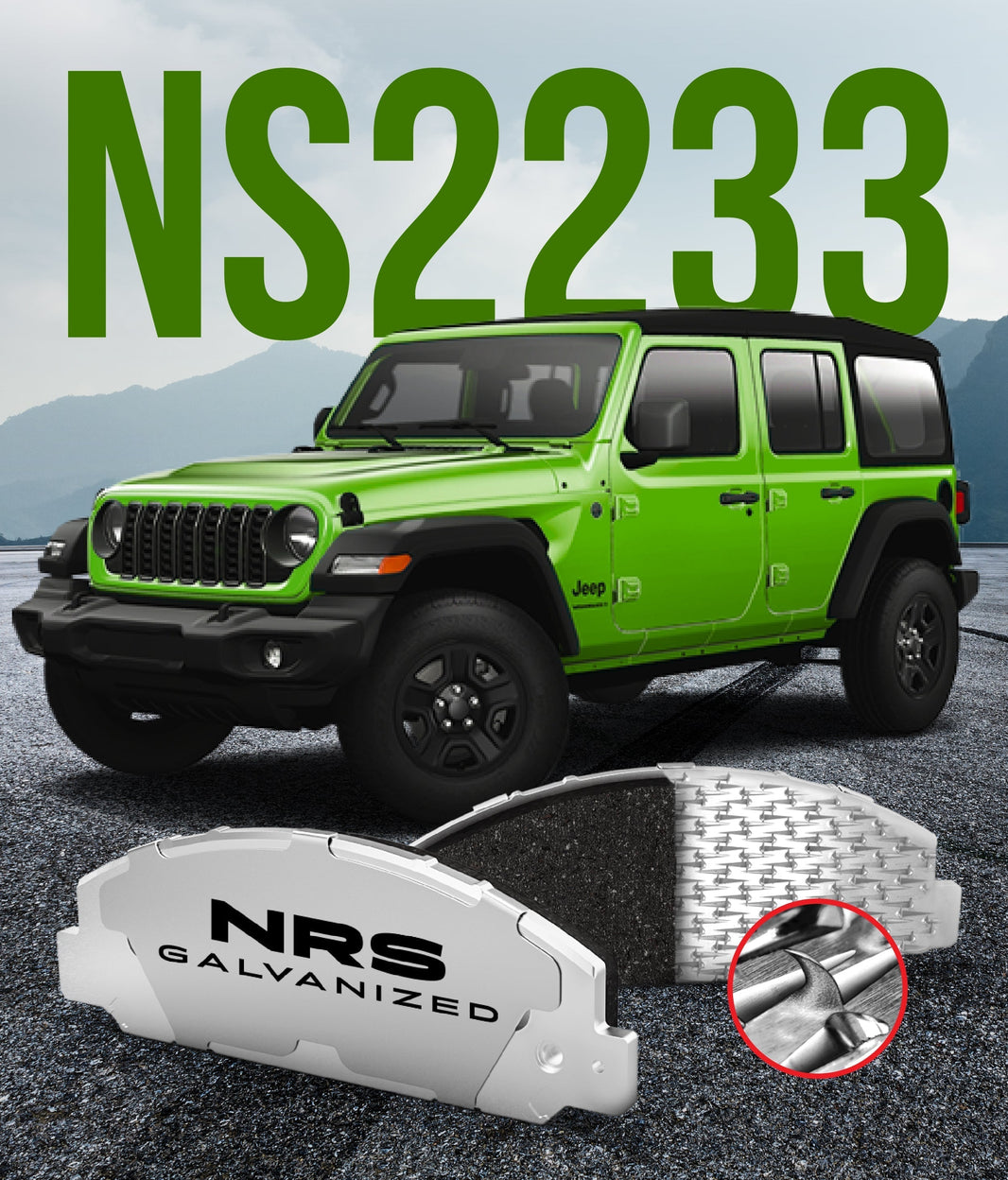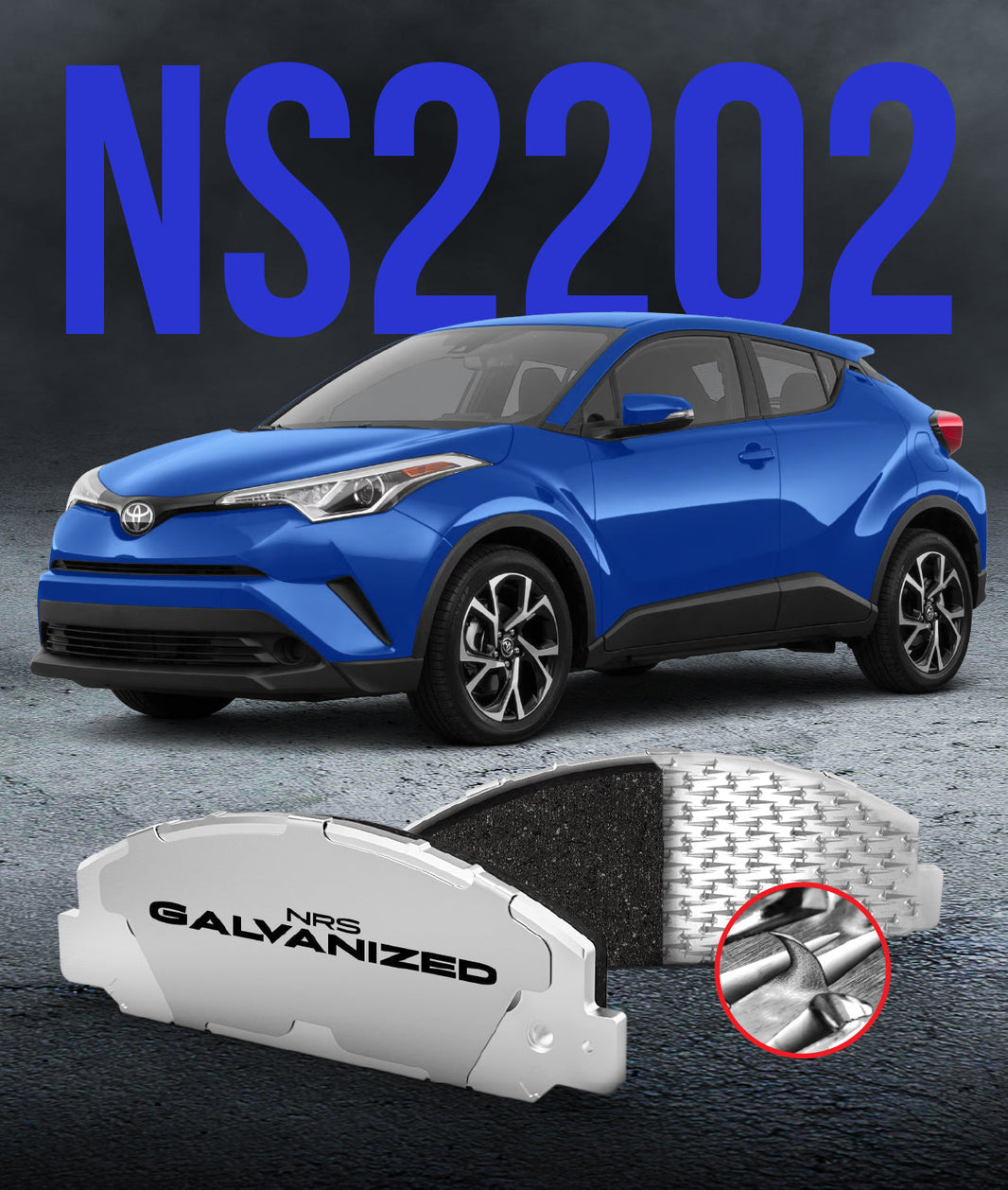 It’s a scenario familiar to many vehicle owners. You notice a squeal or feel a slight delay in your braking, so you responsibly take your car in for a brake pad replacement. You receive a reasonable quote and give the go-ahead. A few hours later, the phone rings. The mechanic explains that the final bill will be significantly higher than expected. The culprit? It's almost never the pads themselves, but the critical hardware they rely on: your brake rotors and calipers.
It’s a scenario familiar to many vehicle owners. You notice a squeal or feel a slight delay in your braking, so you responsibly take your car in for a brake pad replacement. You receive a reasonable quote and give the go-ahead. A few hours later, the phone rings. The mechanic explains that the final bill will be significantly higher than expected. The culprit? It's almost never the pads themselves, but the critical hardware they rely on: your brake rotors and calipers.
This "sticker shock" stems from the reality that a professional brake service is not just a parts swap; it's a comprehensive full system inspection. An experienced technician understands that worn pads are often just a symptom of a larger issue. If they identify that related components like rotors are dangerously thin or calipers are seized, replacing them becomes a non-negotiable matter of safety. Understanding what these components do and how they fail can transform a surprise expense into an anticipated part of responsible vehicle ownership, helping you budget for a truly complete and safe repair.
The Brake Rotor: The Source of Most Additional Costs
Brake rotors are the heavy-duty cast-iron discs that your pads clamp down on to stop your vehicle. They are designed to absorb and dissipate tremendous amounts of heat and friction, which means they are a "wear item" that degrades over time. In previous decades, it was common practice for mechanics to "resurface" or "machine" rotors on a lathe to smooth out any imperfections. However, to save weight and improve efficiency, modern rotors are manufactured with much less excess material. Resurfacing them can push them below their minimum safe thickness, making a full replacement the safer and more standard recommendation today.
You will almost certainly need new rotors if your vehicle exhibits any of these tell-tale signs:
-
Vibration or Pulsing: This is the most common symptom. If you feel a distinct shuddering or pulsating in the brake pedal or steering wheel during braking, it’s a classic sign of a warped rotor. This warping is caused by uneven heat buildup, which can happen during heavy braking or from rapid cooling, such as hitting a large puddle after a long descent.
-
Deep Grooves or Scoring: A visual inspection can reveal deep grooves, like the rings of a tree, carved into the rotor's surface. This is often caused by letting the brake pads wear down completely, allowing the metal backing plate to grind directly into the rotor. This damage is too severe to be machined away.
-
Visible "Lip" or Severe Thinning: As the pads wear away the rotor's surface, the outer edge remains untouched. This creates a noticeable ridge or "lip." A prominent lip is a clear indicator that the rotor has lost a significant amount of material and is likely at or below its minimum safe thickness, which is often stamped directly onto the rotor hub.
-
Cost Impact: Adding two new brake rotors to a job can easily double the cost of parts and may slightly increase the labor time. Because this is the most frequent addition to a standard brake service, it stands as the primary reason for a bill being higher than the initial quote for "just pads."
The Brake Caliper: The Unexpectedly Expensive Failure
If rotors are the anvil, brake calipers are the hydraulic hammer. These complex clamps house your brake pads and contain a piston that forces the pads against the rotor when you press the brake pedal. They are robust components designed to last for many years, but they are not immune to the harsh environment they operate in, eventually failing due to internal corrosion and wear.
The failure often begins with the brake fluid itself, which is hygroscopic (it absorbs water). This moisture leads to rust inside the caliper bore, preventing the piston from retracting smoothly after braking. When this happens, the pad drags on the rotor, generating immense heat. Symptoms of a bad caliper are distinct and serious:
-
Your vehicle pulling distinctly to one side when you brake or even while driving straight.
-
A persistent, acrid burning smell coming from one wheel after a drive.
-
One wheel feeling significantly hotter to the touch than the others.
-
Visible brake fluid leaking around the wheel area, indicating a failed seal.
Cost Impact: Replacing a failed caliper is a significant expense that exceeds the cost of rotors. The part itself is more complex, and the repair is more labor-intensive. Because the caliper is part of a sealed hydraulic system, replacing it introduces air into the brake lines. The mechanic must then perform a "brake bleed" service to purge all air from the system, adding time and procedure to the job.
Why a Complete Brake System Evaluation Matters
When you take your vehicle in for brake service, remember that the mechanic's primary responsibility is your safety. They are trained to evaluate the health of the entire interconnected system, not just the most obviously worn part. Being prepared for the possibility of a rotor or caliper replacement will help you better understand the scope and cost of what constitutes a truly safe and complete brake job. By asking questions and understanding these components, you can have a more informed conversation with your technician and appreciate that the higher cost ensures your vehicle's most critical safety system is restored to perfect working order.
The condition of your existing parts is a major cost variable. To see how it fits with other factors, read our complete guide on how much do brake pads cost.




